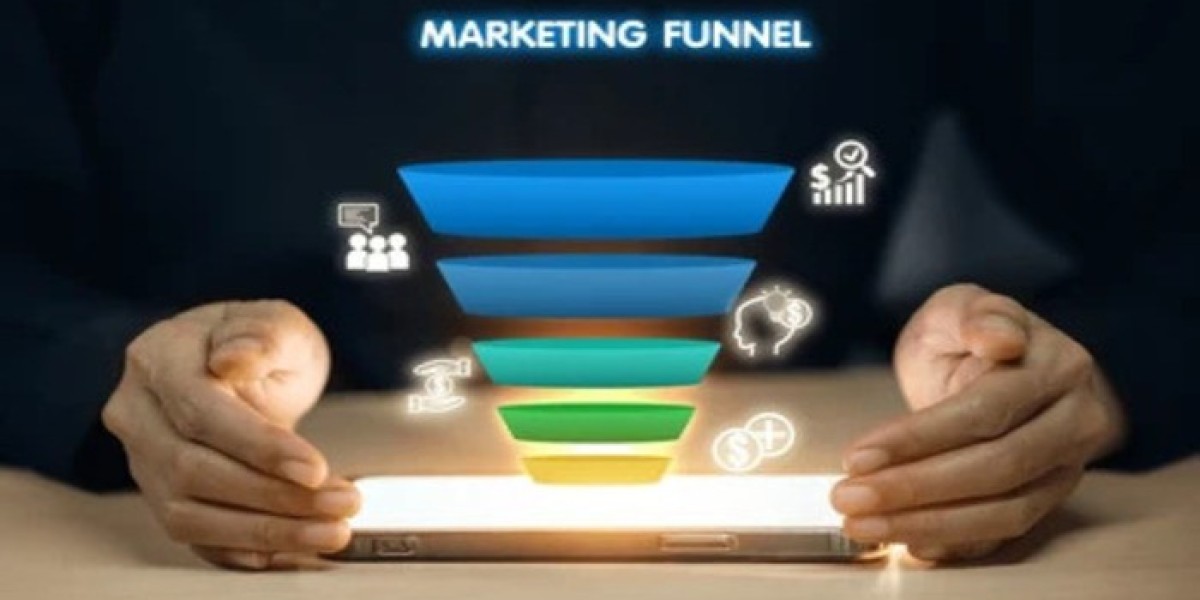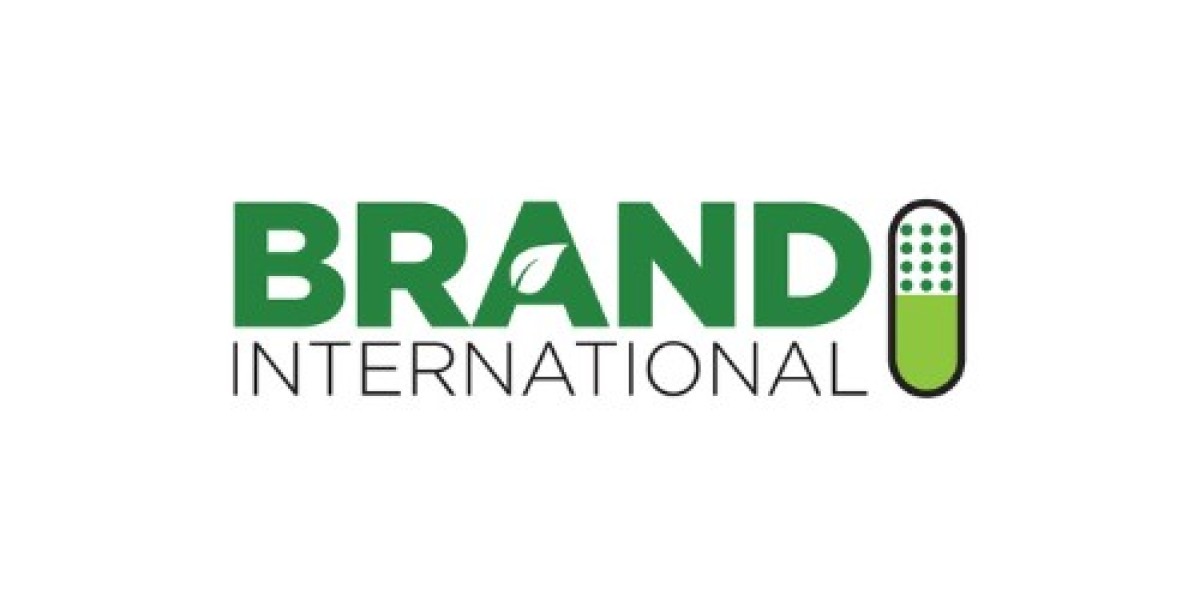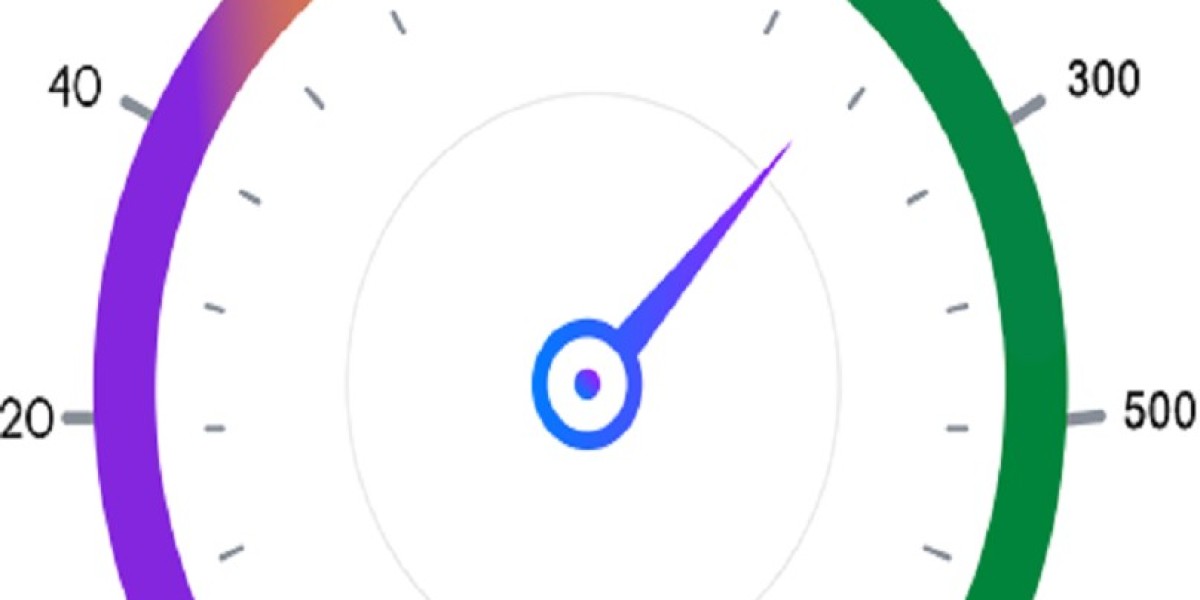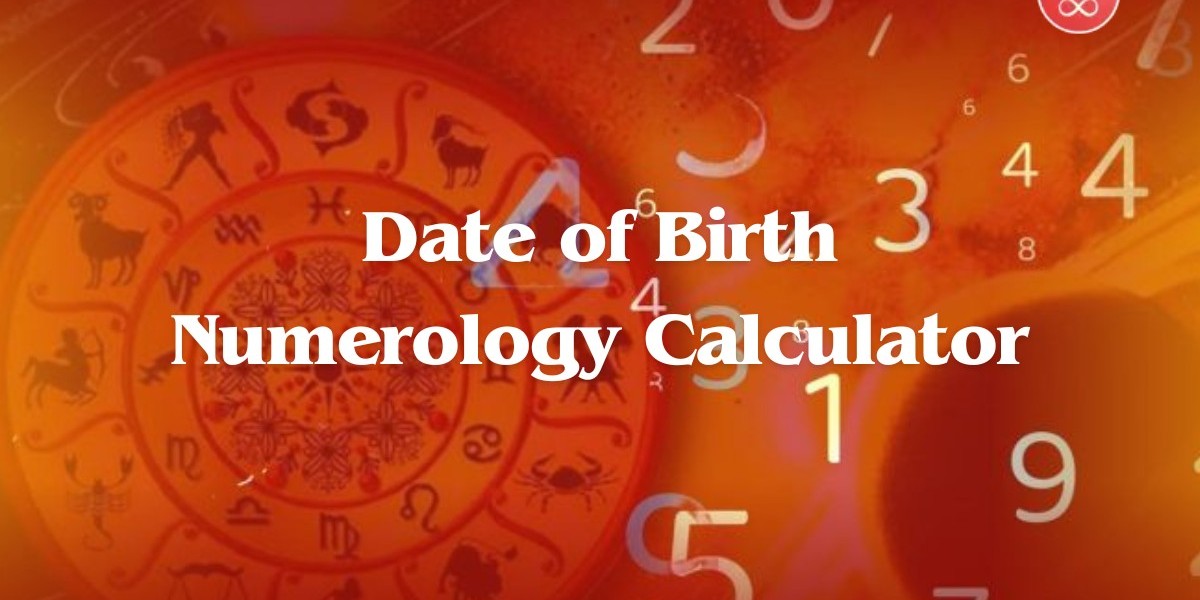Introduction
In today's competitive digital landscape, businesses can no longer rely on one-size-fits-all marketing approaches. To drive consistent growth and conversions, brands must understand and implement full funnel marketing—a strategy that nurtures potential customers through every stage of their buyer journey.
What is Full Funnel Marketing?
Full funnel marketing refers to a comprehensive strategy that targets prospects at all stages of the marketing funnel: top (awareness), middle (consideration), and bottom (conversion). Rather than focusing only on generating leads or closing sales, full funnel marketing builds long-term relationships by engaging users with relevant content and experiences at each stage.
The Three Stages of the Funnel
1. Top of Funnel (ToFu) – Awareness:
This is where potential customers first discover your brand. The goal is to attract as many people as possible using content that informs or entertains. Common tactics include blog posts, social media campaigns, SEO, videos, and influencer collaborations.
2. Middle of Funnel (MoFu) – Consideration:
At this stage, prospects are aware of their problem and are evaluating different solutions. Provide educational and persuasive content to position your brand as the best choice. Use case studies, webinars, email nurturing sequences, and comparison guides.
3. Bottom of Funnel (BoFu) – Conversion:
Here, the focus is on turning interested prospects into paying customers. Offer demos, free trials, limited-time discounts, testimonials, and personalized follow-ups to boost conversions.
Step-by-Step Implementation Guide
Step 1: Define Your Target Audience
Start by creating detailed buyer personas. Understand their pain points, goals, behaviors, and decision-making process. This ensures your messaging aligns with their needs at every marketing funnel stage.
Step 2: Map the Customer Journey
Identify how your audience moves from awareness to conversion. What platforms do they use? What information do they seek? This helps tailor content and outreach methods for each funnel stage.
Step 3: Create Stage-Specific Content
Develop targeted content for each stage:
- ToFu: Educational blog posts, social media videos, infographics.
- MoFu: E-books, webinars, email newsletters, product explainer videos.
- BoFu: Product demos, testimonials, comparison sheets, trial offers.
Step 4: Use the Right Marketing Channels
Choose platforms based on audience behavior:
- ToFu: Social media, SEO, YouTube, paid ads.
- MoFu: Email marketing, retargeting ads, webinars.
- BoFu: Landing pages, CRM-based follow-ups, live chat support.
Step 5: Implement Marketing Automation Tools
Use automation tools like HubSpot, Mailchimp, or ActiveCampaign to streamline email campaigns, lead nurturing, and data collection. This ensures timely and consistent engagement with leads.
Step 6: Monitor and Optimize
Regularly analyze metrics such as traffic, click-through rates, conversion rates, and ROI for each funnel stage. Use these insights to optimize content, channels, and strategies.
Final Thoughts
Full funnel marketing isn't just about generating leads or driving sales—it's about building trust and delivering value at every step of the customer journey. By implementing a well-structured strategy, you can improve conversion rates, boost customer loyalty, and grow your brand more sustainably. Whether you're a small startup or a growing enterprise, mastering the full funnel approach is essential to staying competitive in today’s digital market.








